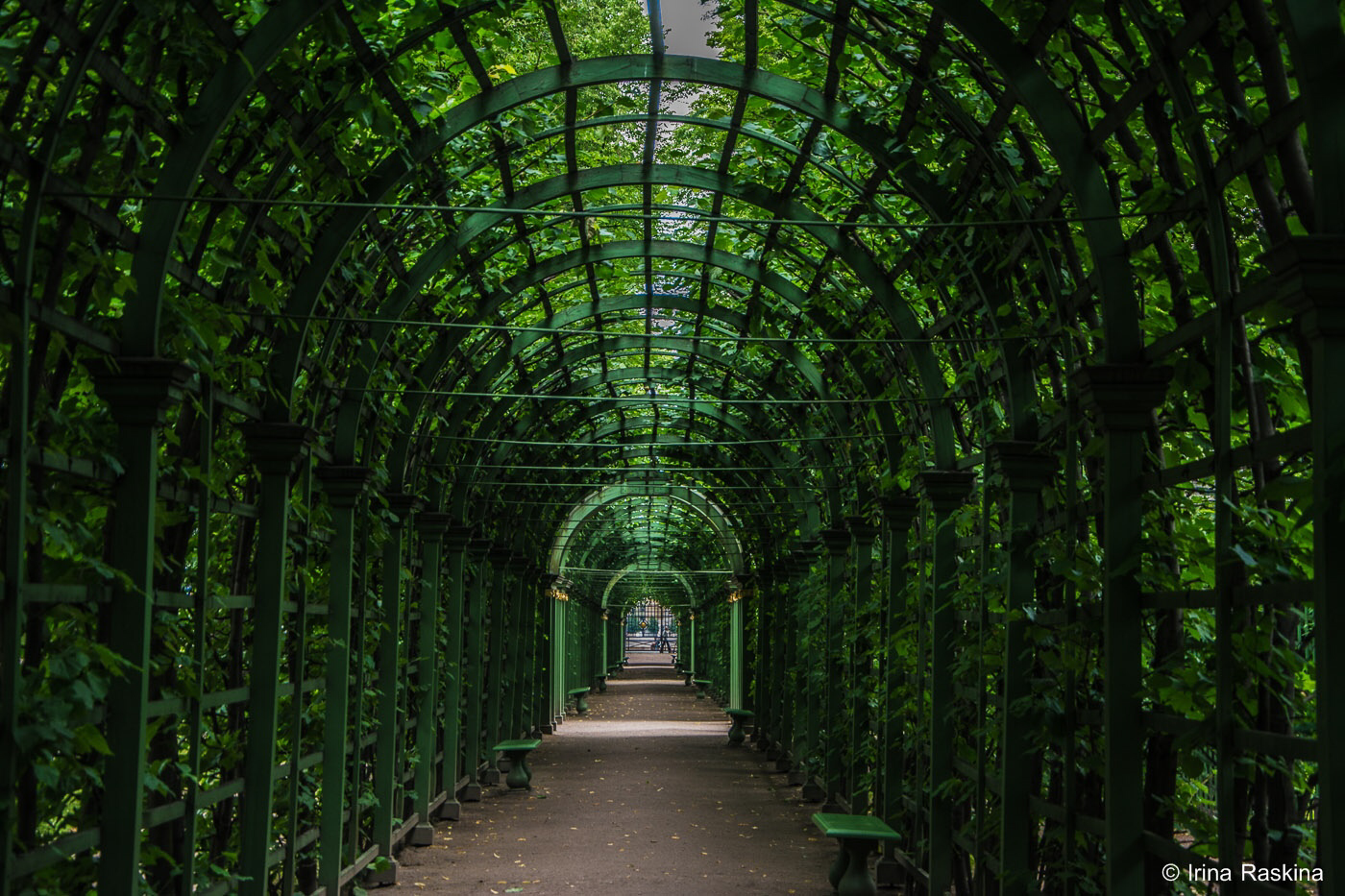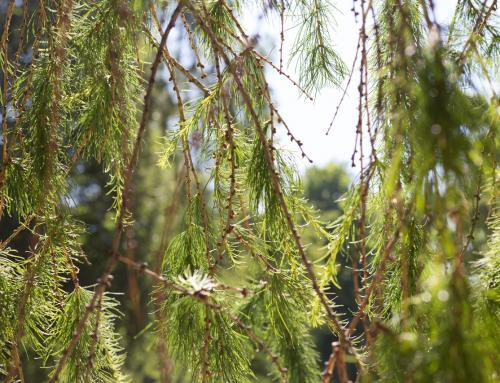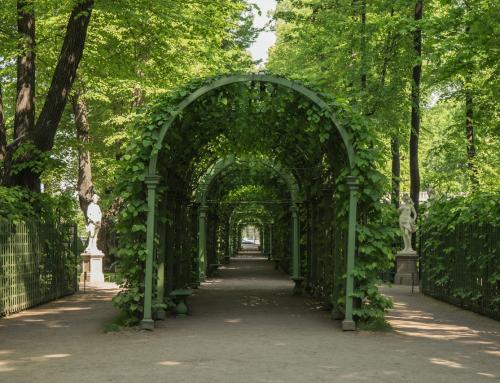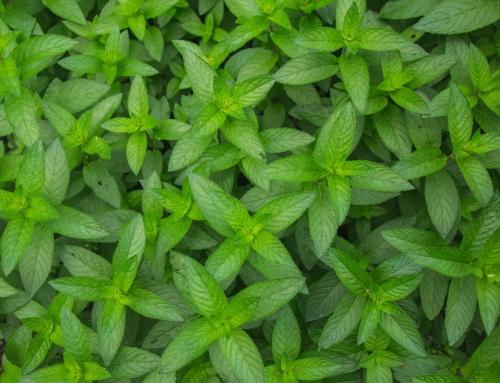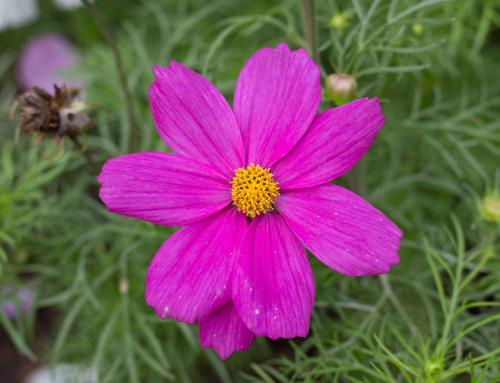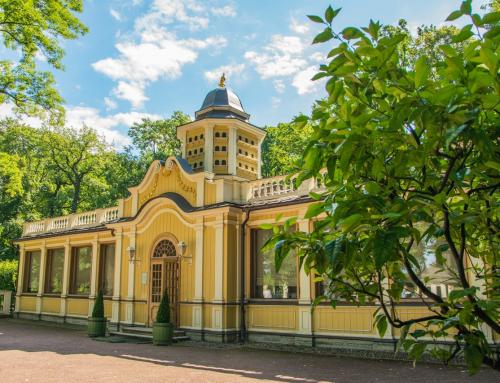In the continuation of the column #Peter’s_stories, we tell you about the Summer Garden during the time of Peter the Great
In accordance with the requirements of regular park construction, the Summer Garden received a strictly geometric layout. Straight and radial alleys divided it into separate areas – bosquets (squares of greenery, framed on all sides by trees). Ponds of geometric shapes were arranged in the garden, rich flower beds were laid out, where tulips, daffodils, lilies, roses and many other flowers, beloved by Peter, were grown. Trees and bushes, brought from different parts of Russia and even from abroad, formed a dense green attire of the garden. They were cut short (as required by the rules of the regular style), they gave their crown bizarre shapes. Along the alleys and around the open areas under the cut trees formed dense green walls – tapestries, the height of which sometimes reached three meters.
The garden was also crossed by “roundabout roads”. They were long covered corridors made of frames, tied to them with young linden trees. In such covered alleys it was so dark that hanging lanterns were lit in them even during the day.
In some bosquets bright flowers grew, in others there were marble statues, pavilions (lusthaus), bird aviaries. Not far from the main alley, in a bosquet, an oval-shaped pond was dug with an island in the center, on which a pavilion in the form of a Chinese pagoda towered. Contemporaries claimed that when Peter wanted to be alone, he retired here: in a small boat he was transported to the island by a dwarf.



